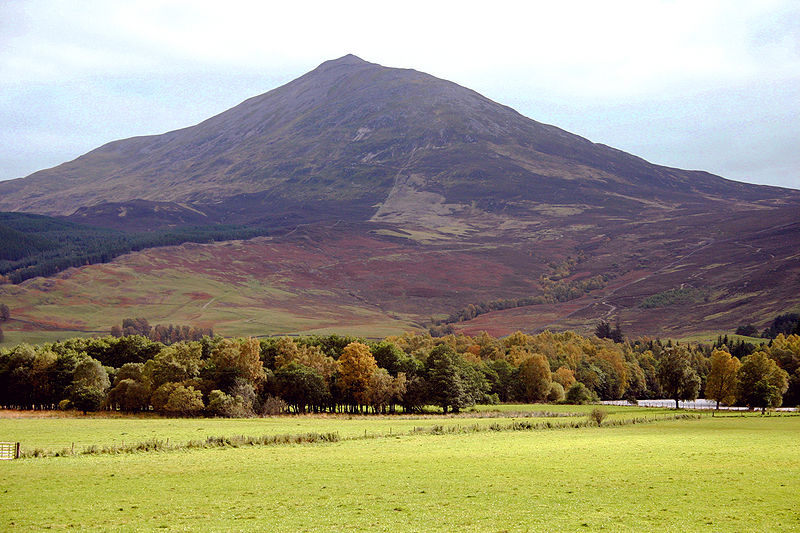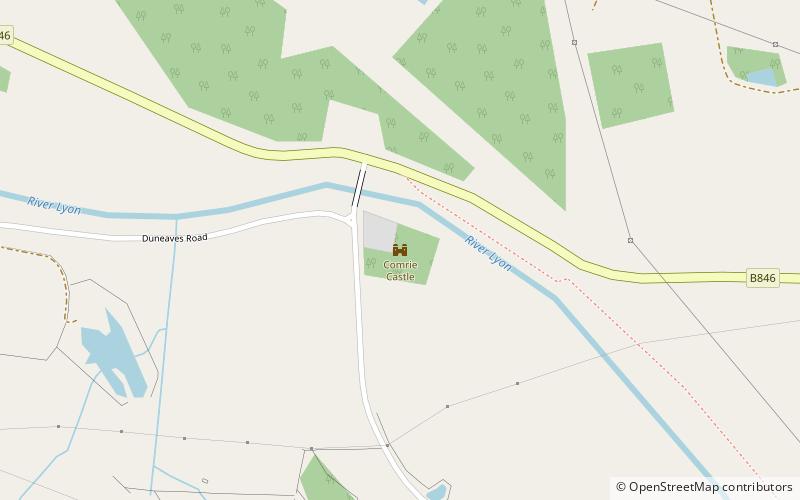Schiehallion


Facts and practical information
Schiehallion, a majestic mountain located in the heart of Scotland, stands as a beacon for hikers and geology enthusiasts alike. Known for its distinctive conical shape when viewed from the west, Schiehallion is often referred to as the 'Fairy Hill of the Caledonians'. Its summit rises to an elevation of 1,083 meters (3,553 feet), offering panoramic views that span the Scottish Highlands.
The mountain's name is derived from the Gaelic 'Sìdh Chailleann', which translates to the aforementioned 'Fairy Hill of the Caledonians'. Schiehallion's fame is not only rooted in its natural beauty but also in its scientific significance. It was the site of a groundbreaking experiment in 1774 conducted by the astronomer Royal Nevil Maskelyne, which aimed to estimate the mass of the Earth by observing the deflection of a plumb line by the mountain's gravitational pull. This experiment contributed to the development of contour lines used in modern topographical mapping.
Schiehallion is a popular destination for walkers, thanks to its relatively isolated position and accessibility. The most common route to the summit begins at the Braes of Foss car park and takes hikers through a managed path that offers a steady ascent to the peak. The mountain's unique profile also makes it an excellent subject for photographers, particularly during sunrise and sunset when the play of light and shadow accentuates its rugged features.
The surrounding area of Schiehallion is rich in wildlife, with golden eagles, red deer, and a variety of native plant species calling this part of the Highlands their home. Conservation efforts are ongoing to preserve the delicate ecosystem, and visitors are encouraged to follow the Scottish Outdoor Access Code to minimize their impact on the environment.
Schiehallion – popular in the area (distance from the attraction)
Nearby attractions include: Fortingall Yew, Taymouth Castle, Beinn a' Chuallaich, Càrn Gorm.











